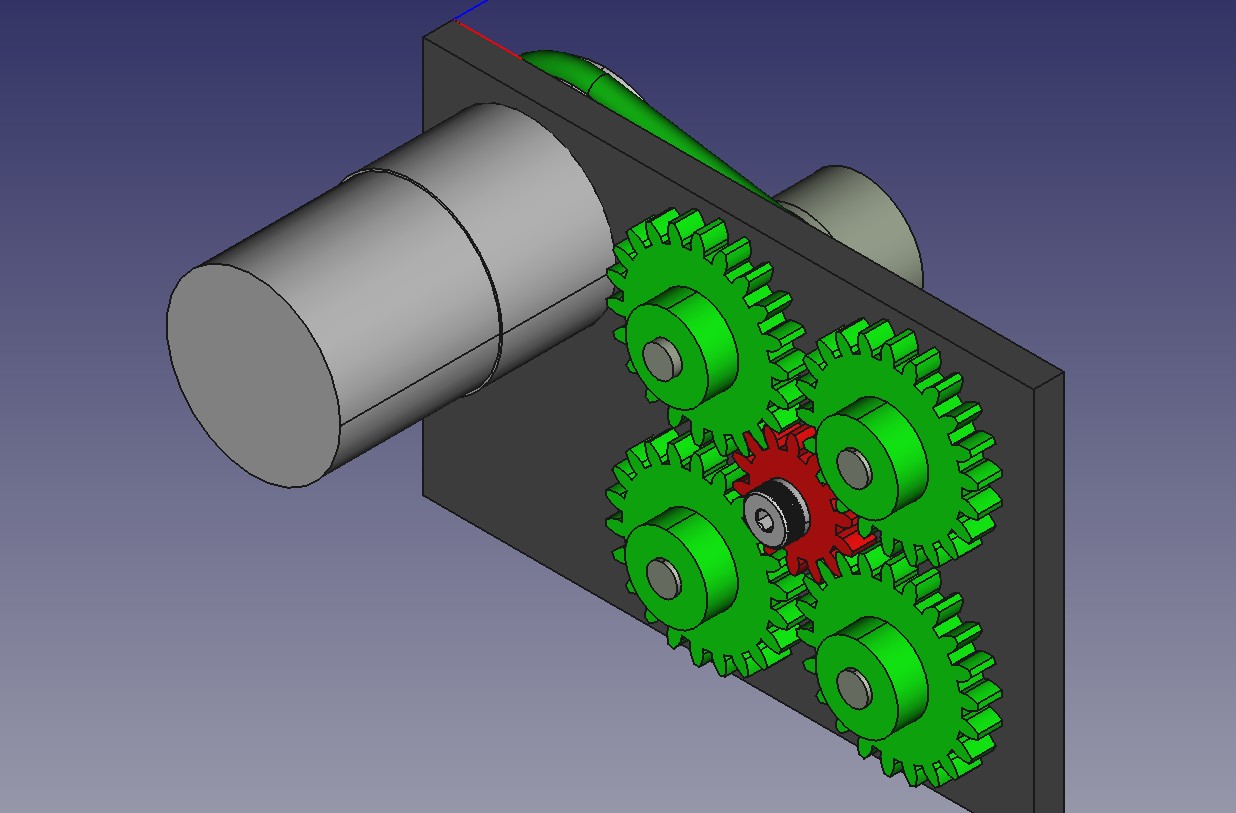Invalid video ID
Regardless of what tools you use to reload, you will end up with some reloaded cartridges. Hopefully, you didn’t make any major mistakes along the way.
It is now time to inspect, test, and store.
For me, I do initial testing of my loads. Generally, that is 5 per test. I change exactly one thing between tests. Once I identify a successful load, I stick with it.
So what are my variables?
The biggest and easiest to change is the charge weight. Again, in general, if you are following a recipe from your reloading bible(s), you will get acceptable results. For each test group, is fired from a firearm I know and understand. The fact that rounds out of the CETME don’t go where I expect nor do they group is not data. Five rounds out of the Remington 700 is meaningful.
Besides group size, I also record velocity.
If I am satisfied, I am likely to stop there. I am more interested in shooting than in reloading.
If I am not satisfied, I will adjust the load.
Because I have that test range close by, I can take my five shots, go and reload another 5 with a different charge, and then try again.
If I need longer ranges, I will load up a sequence of charges. Five rounds with each charge weight, carefully labeled.
The next variable that can be changed is seating depth. Go ask somebody else about how it affects accuracy and speed. I follow the bible’s value, as closely as I can.
Next comes the actual powder. I am more likely to change powder because of availability than because of performance. Every time I use a new powder, I do the same set of tests.
The most important aspect of all of this is to record your observations. If you are not recording your observations, then you are just guessing. And you get to do it all over again the next time.
Next comes bullets. You can try changing the weight, style, or type of bullet you are using. All will change the results you get. Each change of bullet requires working up a load.
For me, I will often work up a load with a cheaper bullet, replace that bullet with a bullet of similar flight characteristics and the same weight. Then my starting point will be the same charge/powder that I used with the cheaper bullet.
It is worthwhile to have worked up loads for different needs. I have loads for 5.56×45 using FMJBT, and name brand hunting bullets. I have .45ACP with coated cast bullets, FMJ bullets, copper plated bullets, and JHP bullets. I’ve stopped buying copper plated and FMJ bullets. I have plenty, when the plated runs out, I do not expect to buy more. When the FMJ runs out, it is unlikely I will buy more.
But what happens when you have worked up all your loads? It is time to make and store your rounds.
However, you store your ammo, you need to be able to identify it easily and rapidly. You should also be able to look up what the recipe you used was.
Bulk Storage
When I purchased my first AR15 style weapon, I purchased 2000 rounds of surplus 5.56×45 ammo to go with it. The ammo came packed in a wooden box. Inside were 100 boxes, each holding 20 rounds. That box, when full, was HEAVY. But it was easy to move, easy to find, easy to open. It was what I needed.
Today I use ammo cans. I have metal cans, but mostly I’ve switched to plastic cans. The plastic might not be as sturdy as the metal cans, but they are more than sturdy enough.
If you don’t really care, then you can store your ammo in an ammo can as is. By that, I mean just loose in the can.
The last time I bought bulk 5.56×45, it came in a mini plastic ammo can. No boxes, nothing but rounds of ammo in a small ammo can.
This does not work for me in the long run. It is too easy to dump out and make a mess, or to lose track of how many rounds remain.
Boxing
That is where Repackbox comes into play. Not only do they organize your ammo into boxes, they do it compactly. A box of .45 ACP is 50 rounds and takes up about 1/3 the space as a box of .45 ACP from Federal. That is because there is no holder.
Each caliber box comes with packing instructions for 30 cal cans and 50 cal cans. Somebody has done the work for you to figure out the most compact way to store your ammo boxes.
Much of my ammo is stored like this. Each box has a label on it telling me the recipe I used for the ammo in the box. That recipe includes bullet type as well.
Stripper Clips
For many of my rifles, they have stripper clips. Some stripper clips are designed to strip directly into the rifle, others strip into a magazine.
My bulk purchase of 30-06 came loose in a 30 cal metal ammo can. Most of that ammo was placed in enblocks, the enblocks were then placed in ammo belts and bandoleers. The remaining loose rounds went into boxes.
The other WWII rifles all have stripper clips loaded for them. The rest went into boxes and from there into ammo cans.
For the 5.56×45 and 7.62×39, those go onto stripper clips. The 5.56×45 on strips then go into cardboard sleeves, and from there into ammo cans. Each ammo sleeve holds 3 stripper clips of 10 rounds each for a total of 30 rounds. Ready to be stripped into magazines.
I don’t have sleeves for the 7.62×39, it is on the list of things I want to get.
Magazines
I don’t know how many magazines you have for your firearms, but I don’t have enough.
Define enough? More than I currently have.
If I have too many magazines, I get more ammo, then I don’t have enough magazines.
Reality check, some firearm magazines are lower cost than others.
For the Glock and the PC-9 I have 10 magazines, I think. They are ready magazines. They are in the carry bag for the PC-9, along with the holster and belt for the Glock. Which reminds me, I need to add a set of load bearing suspenders to that kit bag.
Again, I don’t know how many magazines I have for the 1911s, but not enough. My standard load out is two spare magazines on my weak side, one in the pistol, then extras in the bags.
I need to update my load bearing gear. Each of the AR platforms has its own LBV rig. Each rig carries 6 magazines. Each rig also has an IFAK. I’m going to upgrade that with pistol holsters. For my primaries, that will be 1911 specific holster and magazine pouches. For the other rigs, it will be Glock or HK holsters.
Crates
All the ammo cans that I currently have reside in “crates”. Each crate holds 3 50 cal cans or 4 30 cal cans.
Since the crates stack, there is madness to my method. The bottom rows are 50 cal cans. Each crate is dedicated to a specific caliber or grouping of calibers. Most of it is over flow.
In the top row are ready cans. These are cans that are partially full of boxes of ammo, ready for use. One can per caliber in this row. If I need to, I’ll dig down to the lower tiers to get a full can, then refill the empty can from reloading.
Temporary/Ready Storage
The last storage method is those cute ammo boxes that hold a few rounds for range day. I have a number of MTM Flip-Top boxes. I normally pick up 200 rounds worth of these boxes for range ready rounds. Or for ready storage.
For example, when I take out a trash panda, the rifle gets topped off from one of these plastic boxes. If the box looks to be a little low, it gets more added from the ammo storage.
I also bought a 50 cal can with 7 100 round 45 ACP boxes in it. I.e., a 50 cal can that I can lug to the range, but I only take out 100 rounds at a time. The next time I reload .45 ACP, I’ll top off all the boxes, but it really wasn’t a good purchase. Today I would invest in repackbox and just regular cans.
Long-Term Storage
You need to have ammo that is difficult to get to and even more difficult to find.
If you have ever heard of a place to stash something, it is known to both the good guys and the bad guys.
I remember somebody explaining how if you really wanted to hide something, hide it in a wall. To achieve this, you remove the entire sheet rock panel. You put your stuff in the wall. You then hang new sheetrock, tape it, mud it, prime it, paint the entire room.
If you need access, you will have to destroy the wall to get it out.
Are you thinking of storing it in someplace gross and disgusting? That’s what rookies and cherries are for.
Ground penetrating radar can be used in homes, so can magnetometers.
We’ve talked about stashes in other articles. You can make a stash, or you can just store your ammo in more than one place.
I leave you with this clip from a famous movie. In it, the people have just been driven from their homes. Some have stayed behind, in hiding. The bad guys have already cleared this area multiple times in the past. They knew exactly what they were doing. They know all the hiding places, they know how to search, and they have the time to search.



